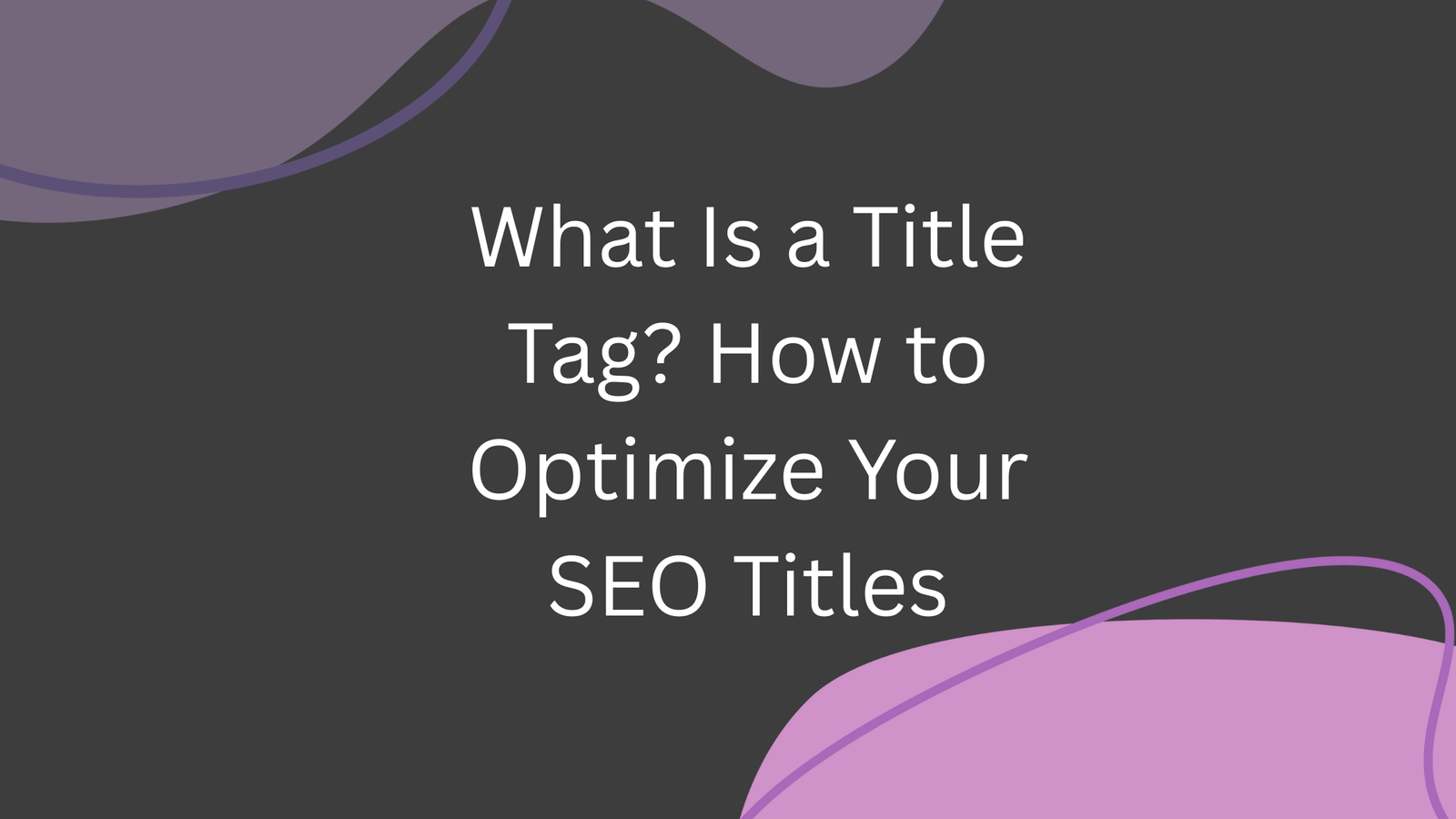Performance-based marketing is a results-driven approach where advertisers only pay for specific actions, such as clicks, leads, or sales. Unlike traditional advertising, which often relies on impressions or reach, performance-based marketing ensures that businesses get measurable outcomes for their investments. While this model has its advantages, it also comes with some challenges. Let’s explore the key benefits and a few potential drawbacks of performance-based marketing.
Pros of Performance-Based Marketing
1. Cost-Effective and ROI-Driven
One of the biggest advantages of performance-based marketing is that businesses only pay when a predefined action is completed. This minimizes wasted ad spend and ensures that every dollar is tied to a measurable result.
2. Lower Risk for Advertisers
Since advertisers only pay for conversions, they don’t have to worry about spending money on ineffective campaigns. This makes it an attractive option for businesses with tight budgets looking to maximize their returns.
3. Measurable and Transparent Results
With performance-based marketing, businesses have access to detailed analytics that show what is working and what isn’t. Metrics such as cost per acquisition (CPA), return on ad spend (ROAS), and conversion rates provide valuable insights for optimizing future campaigns.
4. Scalability and Flexibility
Once a performance-based campaign proves successful, it can be easily scaled to drive more conversions without increasing risk. Additionally, businesses can experiment with different channels, offers, and strategies to see what works best.
5. Stronger Partnerships with Affiliates and Marketers
Performance-based marketing often involves affiliate marketing, where affiliates only get paid when they generate sales or leads. This fosters a mutually beneficial relationship, as affiliates are incentivized to drive quality traffic.
6. Diverse Marketing Channels
Performance-based marketing can be applied across various platforms, including search engines, social media, email marketing, and influencer collaborations. This allows businesses to reach audiences through multiple touchpoints and optimize their efforts accordingly.
7. Improved Customer Acquisition Strategy
Since businesses only pay for successful outcomes, performance-based marketing encourages a focus on acquiring high-quality leads and customers rather than just driving traffic. This results in better targeting and more effective marketing strategies.
Cons of Performance-Based Marketing
1. High Competition and Rising Costs
Because businesses prefer this model due to its cost-effectiveness, the competition is intense. This can drive up the cost per conversion, especially in highly competitive industries.
2. Potential for Fraud
Click fraud, fake leads, and other fraudulent activities can impact performance-based marketing campaigns. Businesses must implement fraud detection tools and work with reputable partners to minimize risks.
Conclusion
Performance-based marketing is a powerful strategy for businesses looking to optimize their advertising spend and ensure measurable results. With its cost-effectiveness, scalability, and focus on performance, it is an excellent choice for brands that want to drive growth. However, businesses must remain vigilant against potential fraud and rising competition to maximize their success. By carefully selecting marketing partners, monitoring campaign performance, and adapting to industry trends, businesses can leverage performance-based marketing to their advantage.







